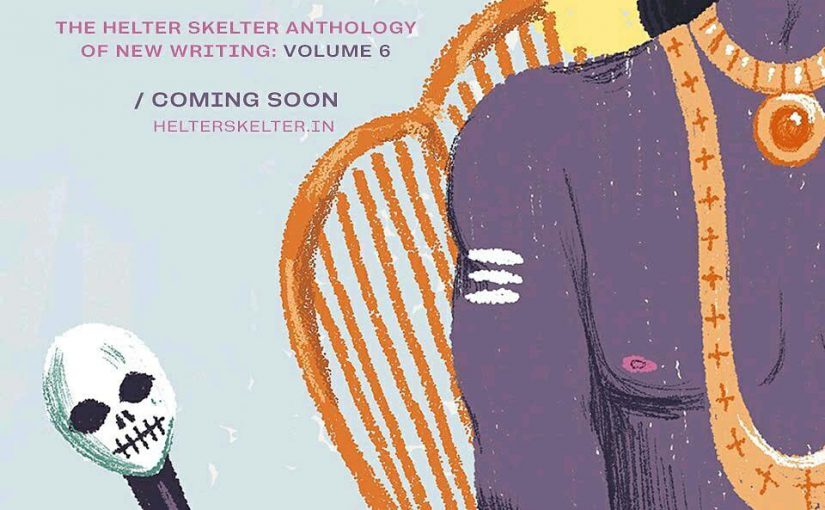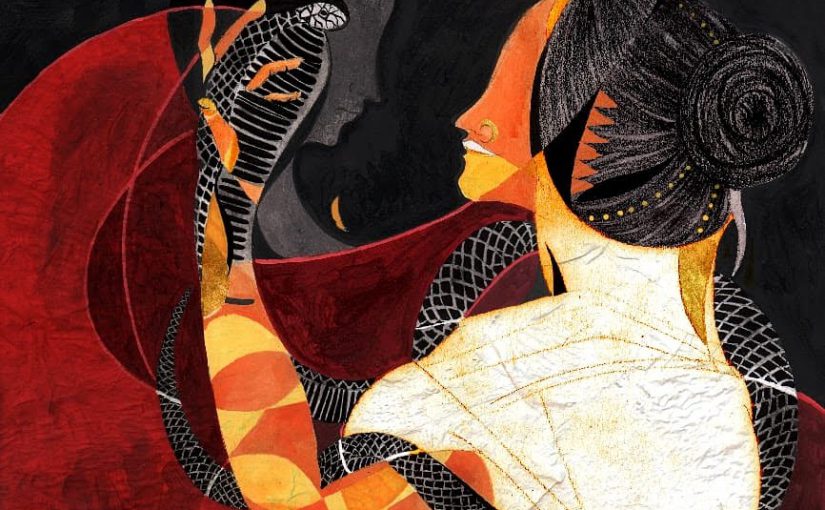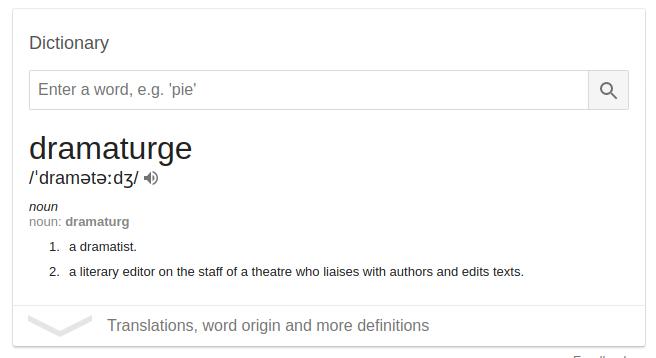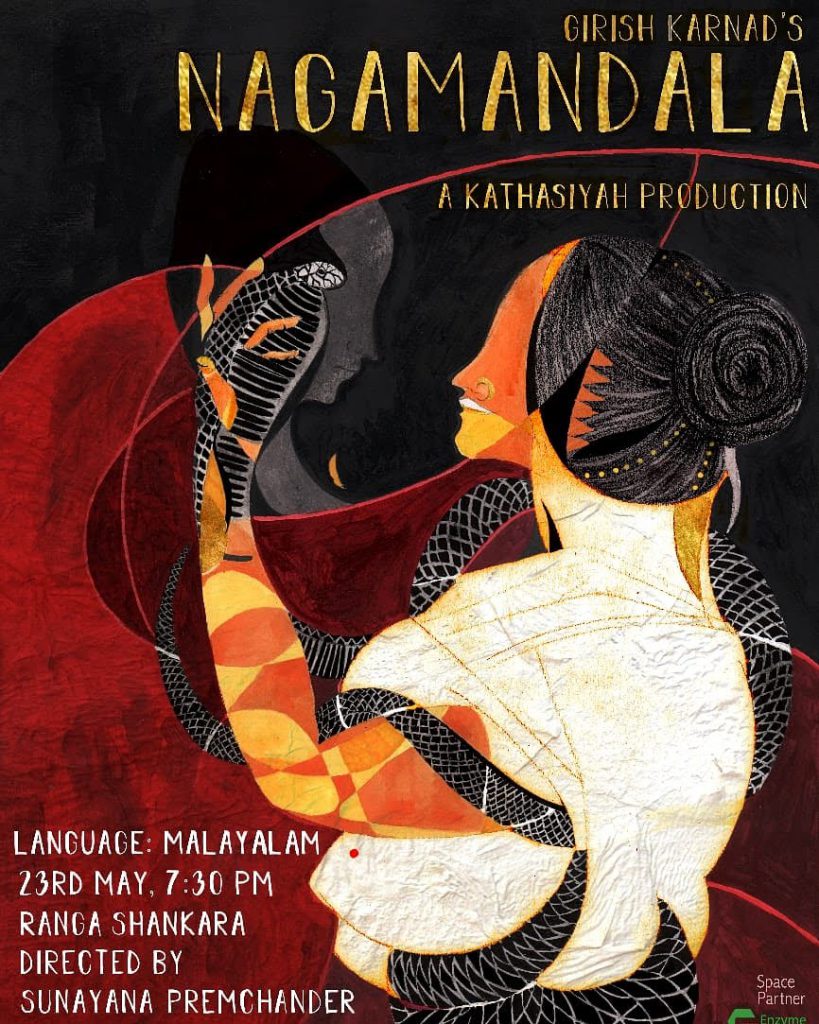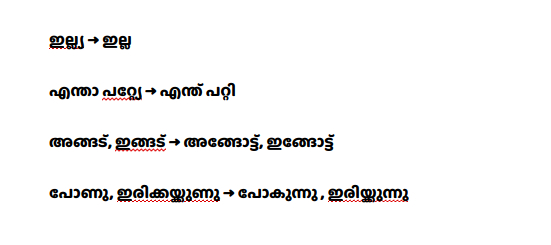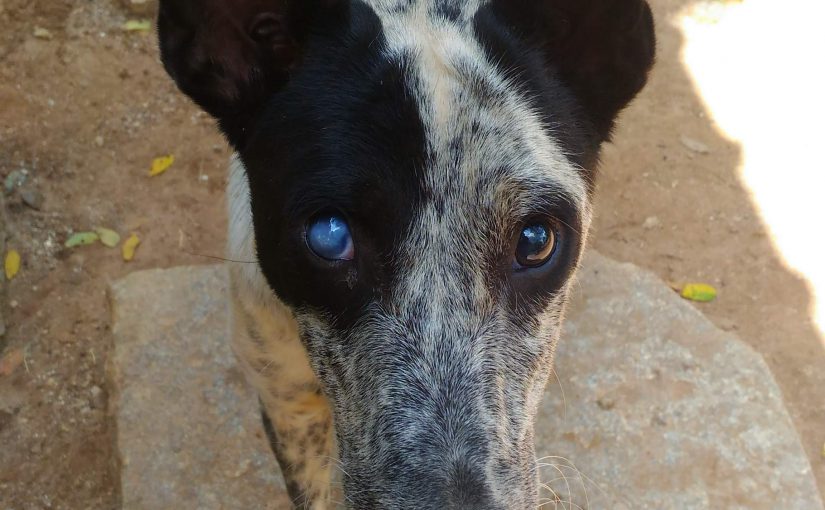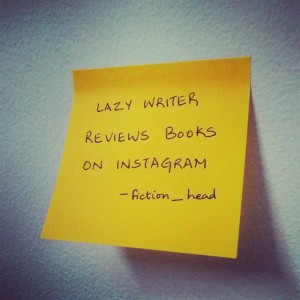This is the second post in a series about Public Texts sessions that I organise as a part of my work with IIHS. If you missed the first post, catch up on it here before you read further!
I was extremely excited for this session with ecologist Kartik Shanker and researcher HS Sudhira talking about sea turtle conservation in India (Thu, 2 May, 6.30 pm, IIHS). In this session titled Slow and Steady, they discussed his book, From Soup to Superstar (Harper Litmus, 2015). From Soup to Superstar, which I read almost 250 pages of before the event, is a comprehensive account of the history of marine conservation in India. Shanker wrote this book as a New India Foundation Fellow in 2009.
I could not have found a better person than HS Sudhira to be in conversation with him. HS Sudhira is the Director of Gubbi Labs which does independent research on sustainable ecosystems. He knew as much about conservation as Shanker and enriched the quality of the discussion immensely. I was super excited about this one because it’s such an important conversation to have in the current socio-political climate where some people in power claim that climate change is not real.
I was nervous too because it was my first time managing the session single-handedly without Rekha. She was out of town on the day of the event which meant that I had to smile and wave and be social. Not my scene.
My impression from the 250 pages of From Soup to Superstar that I read was that it’s an important book. It talks about India’s history of sea turtle conservation through the stories of its biggest champions, Satish Bhaskar, Vijaya, Rom Whitaker and CS Kar among others. It gives credit where it’s due to individuals within the government functions and outside who pushed for changes that eventually tipped the scale in the turtles’ favour. We need more Kartik Shankers in academia who can write about their work interestingly; interestingly being the operative word. And for that to happen I believe that writing should be not be an afterthought or a mandatory output. It should be a skill taught to all professionals.
Coming off the success of our previous session, All Characters are Tamil, I was hoping for the room to be full but the realist in me was prepared for a poor turnout. This session had 25 people in the audience. I was disappointed with the turnout because I think people ought to be more interested in animals and the natural world. I was also upset since I find it hard to imagine how humans think of themselves as being separate from the environment. Before this spirals into gloom, I was extremely grateful that Thej and Yasho showed up for moral support and kept me calm. I couldn’t have done it without them.
I thought the session itself went well. Kartik Shanker was a natural before the audience and Sudhira, though not very audible, moderated the session with great nuance. It’s always a pleasure to listen to two passionate people talk about something they love. The audience was engaged and asked interesting questions. My measure for a successful Public Texts is when the discussion starts with the book but expands into larger questions. By that logic, this session was great since it ended up discussing the politics of conservation and its livelihood costs.
The next Public Texts session is on Fri, 31 May from 6.30 pm. It will be children’s book author Asha Nehemiah in conversation with writer and editor Bijal Vachharajani about secret hair oil formula, among other things!
